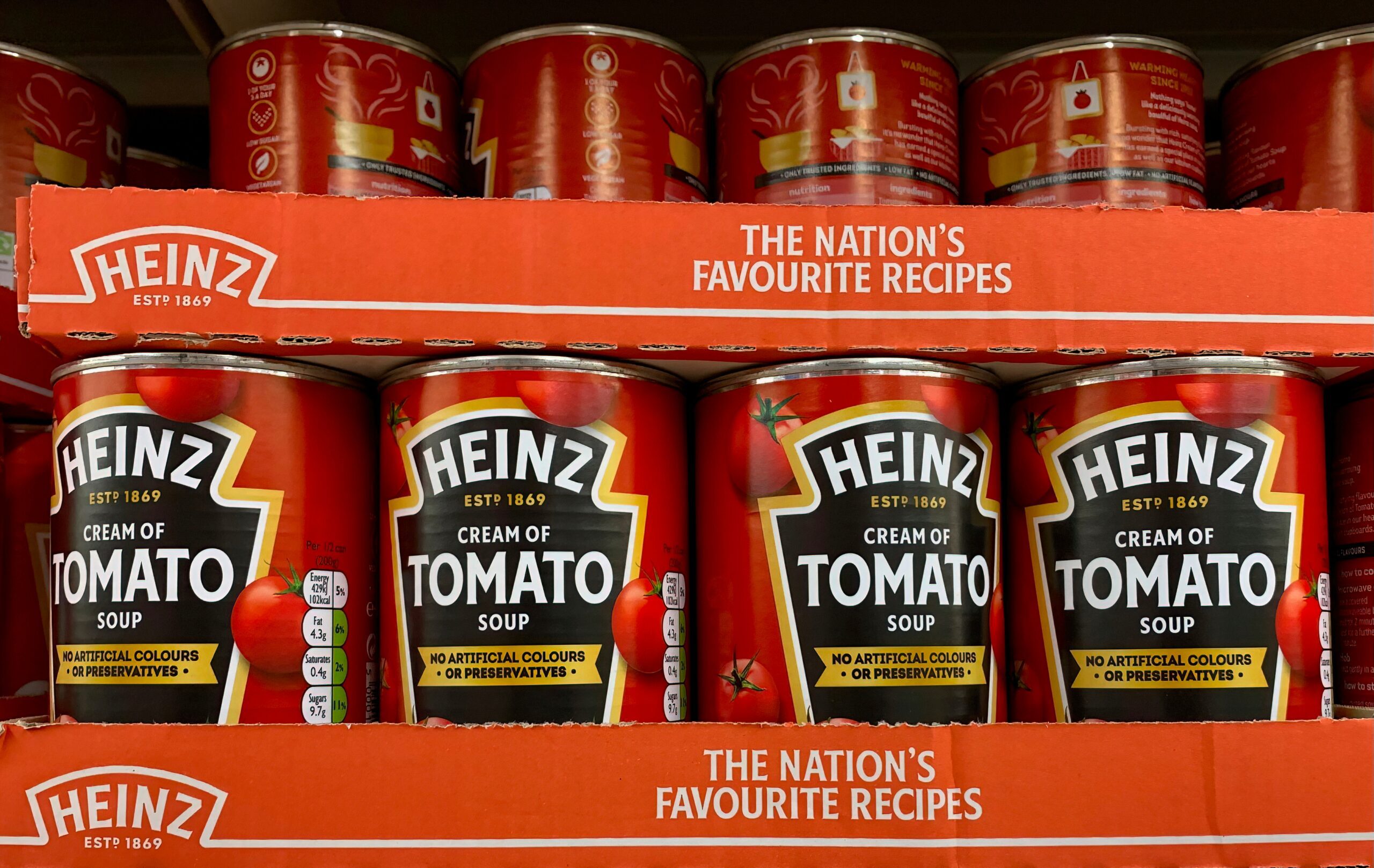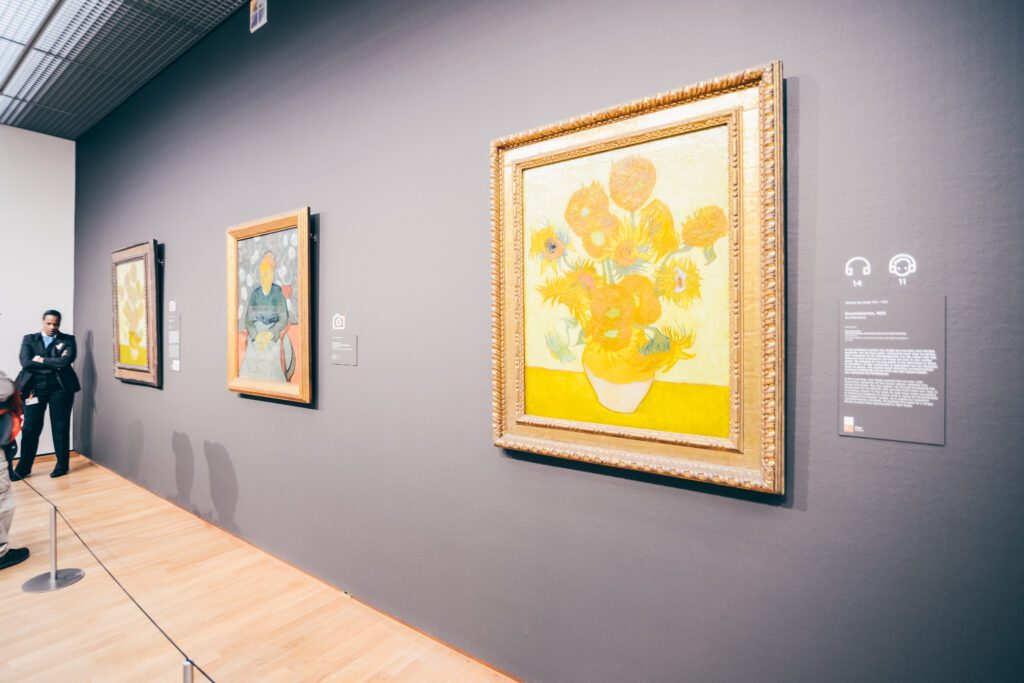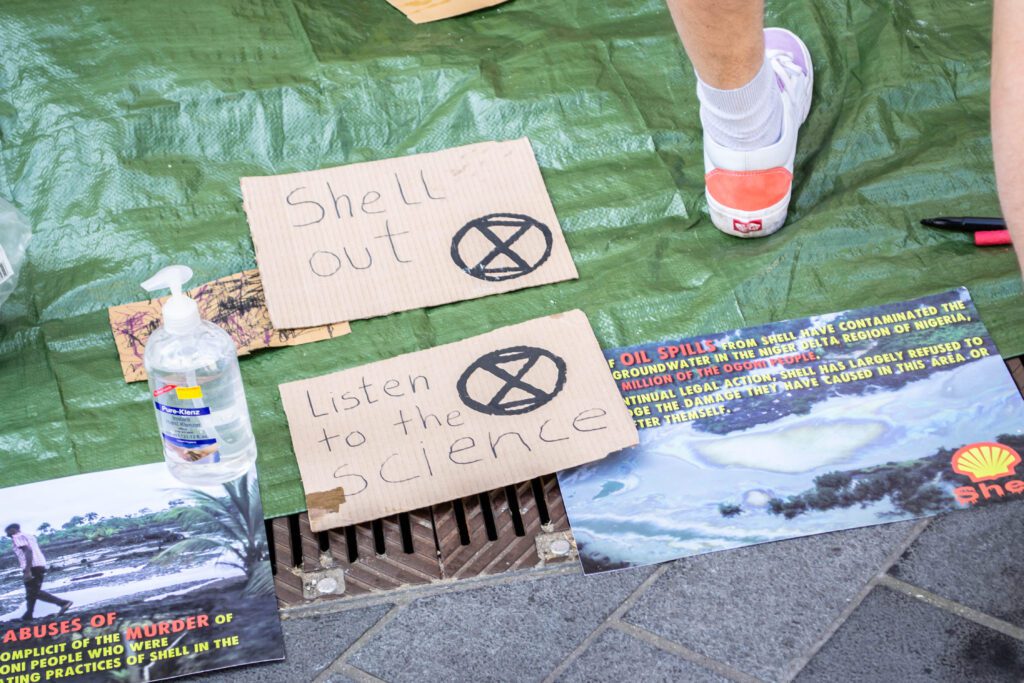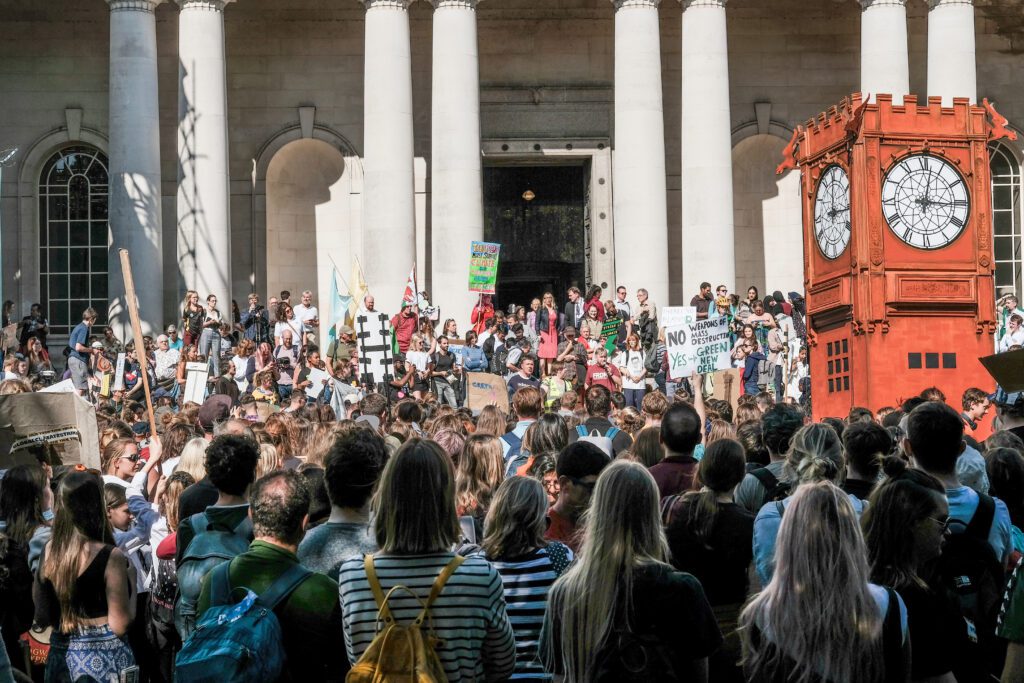
Why Climate Activists Are Targeting Art Museums [UPDATED]
Climate Activists Targeting Museums
Since this article’s original publishing, there have been four more demonstrations by climate activist groups Just Stop Oil and Letzte Generation.
The first attack was in Germany, led by Letzte Generation, an offshoot of the larger group Extinction Rebellion. On October 24th, 2022, a pair of German protesters threw mashed potatoes at a Claude Monet Grainstacks painting that held an auction value in excess of $110 million.
Another attack involves a Just Stop Oil member attempting to glue his head to the famous Vermeer portrait, Girl with A Pearl Earring, at the Mauritshuis in The Netherlands. Three people have been arrested related to the attack, including another member that gues himself to the wall and dumped canned tomatoes on himself and his fellow demonstrator.
On Friday, November 11, 2022, two members of the Norwegian climate activist group, Stopp Oljeltinga (Stop Oil Exploration) attempted to glue their hands to the frame of Edvard Munch’s The Scream at the National Museum of Norway.
The most recent attack comes from members of Letzte Generation, when they poured what they described as oil all over Gustav Klimt’s painting, Death and Life, at the Leopold Museum. Their statement for the attack was meant to show how new oil and gas wells are a death sentence for humanity. The demonstration occurred on November 15th, 2022.
All artworks were protected behind glass and were reported to have no damage.
Updated 11/15/2022 at 3:57 pm
In another strike from the climate activist group, Just Stop Oil, two members defaced the surface of Van Gogh’s Sunflowers in the National Gallery of Art in London on early October 14, 2022.
What Happened During the Attack on the Van Gogh Painting?
Two young women entered the gallery space located in Trafalgar Square at around 11 am GMT. They then approached the famous 1888 painting and aggressively threw the contents of two Heinz tomato soup cans onto the painting.
A video shows the scene with the two women dawning their “Just Stop Oil ” T-shirts, vandalizing the painting estimated to be worth over $81 million, and then gluing themselves to the wall under the precious artwork — a tactic synonymous with the organization’s previous demonstrations.
What Was the Motive?
The motive for the protest was quite simple: to bring awareness to the effects of the big oil industry on the planet and the ramifications to humans’ everyday livelihood.
The most recent offense is the UK government defying climate change warnings and issuing licenses to different oil companies for drilling rights over portions of the North Sea.
The decision ignores concerns from the world’s leading energy organization, the International Energy Agency, that no new fossil fuel project is compatible with efforts to curb the climate issue, which — you guessed it — is driven primarily by burning fossil fuels.
What Happened to the Painting?
The painting was reported to have minimal damage due to it being protected behind a pane of glass.
It’s crucial to note that activists claimed that they researched the painting prior, so they knew the painting was behind a pane of glass, semi-protecting it from the soup splatter.
The sunflowers still life is one of seven sunflowers works by Van Gogh created between 1888 and 1889. Five others are on display in galleries and museums around the world. We can hope that they do not meet a similar fate.

What Is This Trend of Climate Activism and Art?
In recent years, several climate activist groups have surfaced around the United Kingdom. The goal for these activists is to halt and reverse the continued support for new fossil fuel initiatives backed by the UK government.
British oil companies have gotten scrutiny in the past for their continued damage to the environment. Deepwater Horizon in 2010, commonly known as the BP oil spill, remains the largest marine oil spill in history. BP, standing for British Petroleum, is one of many oil companies based in the UK, including Shell, ESSO Petroleum, and Kuwait Oil company to name a few.
What has become standard is for the government to act as vendors to these companies, granting licenses for oil exploration in the surrounding areas. Currently, oil companies are pursuing portions of the North Sea, which has these activist groups up in arms, leading them to go to extreme lengths for their cause.
Who Are These Groups?
There are two groups that have dominated the media attention with their climate-targeted protests in museums and galleries, Extinction Rebellion and Just Stop Oil. These two groups formed citing grassroots activist groups such as Occupy and the Civil Rights Movement as inspirations to organize for their cause.

Extinction Rebellion
Founded in 2018, Extinction Rebellion (abbreviated as XR) is one of the largest environmental activism groups in the UK. Their goal is to compel government action to avoid climate destruction, biodiversity loss, and social and ecological collapse risks.
They focus on the threat of the “sixth mass extinction,” alluding to climate change’s ecological and social damages.
Extinction Rebellion is by far the largest and most structured of these groups, but also has faced criticism as their tactics are seen by some as extremely aggressive. In an attempt to counter the critiques, it seems that the group has been following the trend of a more docile protest.
The climate protest of gluing yourself to a painting seen a strange spike in popularity in 2022. One of the more recent examples, coming days before the Van Gogh attack, involved two members gluing themselves to a Picasso painting at the National Gallery of Victoria in Melbourne Australia.
Just Stop Oil
The organization behind the demonstration at the National Gallery and similar ones in Glasgow is the climate activist group Just Stop Oil. The organization was formed in February of 2022, and has been behind various different demonstrations.
The group’s main objective is to halt new fossil fuel licensing from the UK government through the practice of civil resistance, or nonviolent protests.
Just Stop Oil uses a variety of tactics to spread their message. Originally they’ve gotten media attention by occupying freeways, blocking fuel stations, and even interrupting the British Grand Prix — all tactics that seem relevant to their cause.
It wasn’t until July of 2022 that the activists began targeting museums and art galleries — surely taking note of the success in media attention from other groups like Extinction Rebellion and the man who threw cake at the Mona Lisa.
Their first strike was gluing themselves to the frame of John Contable’s 1821 painting, The Hay Wain on July 4th. The following day, another group of supporters glued themselves to a copy of Leonardo da Vinci’s Last Supper, adding ‘No New Oil’ in spray paint on the wall beneath the painting.
Why is Glue the Newest Protest Tool?
Most of the confusion behind these kinds of protests revolve around the action of gluing oneself to the frame or wall adjacent to a painting in these galleries. There hasn’t been a concrete answer as to why this has become so popular, but there are some speculations.
Similar to the earliest environmental protests, demonstrators have used themselves as the shields to oppose devastating practices: glue is the modern-day practice of chaining oneself to a tree.
Another possible reason for the glue method is that it’s a relatively harmless action, mainly because none of the glue is on the actual canvas and artworks. This coincides with the theories of Just Stop Oil’s civil resistance.
Finally, while the glue is an odd approach to a climate change demonstration, it’s nonetheless effective at garnering attention toward these groups and their respective causes.
Why Target Art and Museums?
The climate activist groups prevalent in these kinds of campaigns are notorious for targeting art museums and institutions.

Media Buzz
Why is this organization vandalizing art as a protest against climate change?
Just like in the previous attempts from Just Stop Oil and other demonstrations at the Louvre earlier this year, these odd protests attract international attention to their cause — climate change.
By targeting the integrity of priceless artworks that serve as culturally significant artifacts, climate activists can have their message broadcast to an audience. It’s safe to say they have successfully captured our attention.
Demand for Change From Museums
Major oil and gas companies have donated funding to the arts and museums.
Museums have come under fire for hiding behind the walls and gallery halls paid for by families and organizations that cause more harm than good to the masses.
One of the climate change activists, 21-year-old Phoebe Plummer, stated: “What is worth more? Art or life?”
This claim was meant to demonstrate the drastic difference in the judgment of the importance of art as a monetary and cultural object, as opposed to life and the integrity of the climate that supports it.
Recently, the irreversible effects of climate change are beginning to come under scrutiny. This has led to many museums and art institutions severing ties with their oil barons, such as the Tate in 2017 and the Royal Shakespeare Company in 2019.
British Petroleum ended its 30-year partnership with the neighboring National Portrait Gallery earlier this year due to backlash from climate change supporters. Other examples include removing the Sackler name from various institution halls due to their association with the opioid epidemic.
The Bottom Line
The intention of this protest, and others similar, is to grasp the attention of the masses for their cause. These activists do not want to jeopardize the integrity of the art but are aware that their actions making it seem that priceless art is in danger will bring much more media attention.
With the growing urgency for climate reform and equal denial on the opposing front, we could more than likely see demonstrations like this becoming a more common trend, not just isolated to art but to other artifacts and historically significant relics.
We can be thankful that these demonstrations are non-violent and have not substantially affected the integrity of the art.
However, maybe if the people in power to make these changes and reforms listened, there would be no soup on the masterpieces.